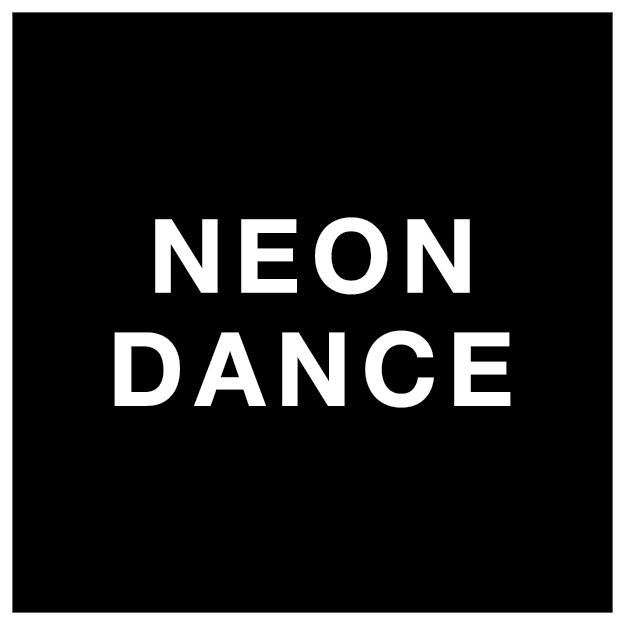Learning new choreography is an everyday part of a dancer’s life, but learning a part that was created for someone else brings different, sometimes unexpected, challenges.
In April I sat in on rehearsals for Neon Dance’s production, Empathy, where newest cast member Luke was learning his part ahead of a performance at The Edge, Bath. Luke is taking over the role from David: one of the original dance artists who helped develop the work.
As choreographer Adrienne Hart notes in the video below, this process is not unusual with long-term touring productions – all of the current Empathy cast members have been taught their part by another artist.
At this rehearsal, however, David was missing – he was unwell, so instead Luke was aided by videos from past performances played on a laptop, with guidance from Adrienne. Strangely, this non-human presence in the room in place of a real person drew my attention to the empathy needed to learn a role created for somebody else.
From the two-dimensional image of David on screen, Luke needed to bring the video – a memory of his performance – into his own body in the present space. The two artists have contrasting physicalities and styles: Luke’s movement is naturally fluid, rippling through shapes like pouring water, while David’s style is more angular and staccato.
Unsurprisingly then, the rehearsal began a little tentatively, as Luke experimented with sections of the choreography and hit a couple of stumbling blocks: headstands were no problem, but a couple of floor-work sections had been choreographed to David’s strengths and body shape and were difficult for another dancer to emulate.
The laptop was simultaneously a facilitator and a barrier to the rehearsal process, which felt particularly apt as this performance of Empathy was part of a day exploring the relationship between dance and technology. Difficulties included the static position of the camera: while some clips gave Luke replay-able, close-up access to the sequence, in others David’s movements veered away from the angle of the shot, making them frustratingly hard to follow.
With David unable to offer the encouragement and insight he would have if he’d been in the room, Luke had to be able to understand his perspective, and the feelings behind his movement, from the video recordings.
For me as an observer, it was like watching two people interact for the first time and start to build a relationship: though physically absent, David had an almost shadow-like presence in the studio, as Luke stepped into the echoes of his movements and made them his own.
Working with Adrienne, Luke was able to devise small modifications, developing the choreography by moving through it, to inhabit the role in his own right as a performer. This adaptation required excellent knowledge of himself as an artist, but also a sensitive – empathetic – understanding of Adrienne’s vision for the work as a whole.
Post by Lucy Corley (@Lilopossum)
Media Intern Lucy Corley has written the above article for the South East Dance website The Red Line.

